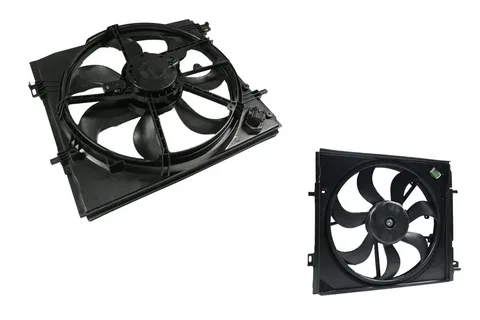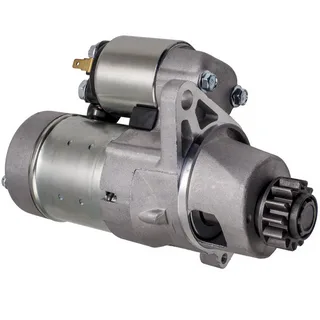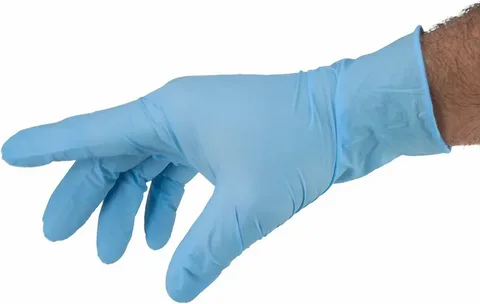In today’s fast-paced world, prioritizing sleep is often easier said than done. As we learn more about the importance of sleep for health and well-being, many people are turning to sleep trackers to understand and improve their sleep quality. But how do these devices work, and can they measure sleep stages and patterns accurately? In this guide, we’ll explore the science behind sleep trackers and how they interpret data to give insights into your nightly rest.
Understanding Sleep Stages
To appreciate how sleep trackers work, it helps to first understand the basic structure of sleep. Sleep is divided into several stages, each with unique characteristics:
- Light Sleep (Stages 1 and 2): This is the initial phase of sleep, where your body and brain start to relax but can still be easily awakened. It’s a transition from wakefulness to deeper sleep and accounts for the majority of your sleep cycle.
- Deep Sleep (Stage 3): Also known as slow-wave sleep, this is the restorative phase where your body repairs tissues, strengthens the immune system and consolidates memories.
- REM (Rapid Eye Movement) Sleep: REM is the dream phase. It plays a vital role in cognitive functions like memory processing and mood regulation. During REM sleep, the brain is highly active, while the body remains mostly still.
A healthy sleep cycle involves cycling through these stages multiple times throughout the night, with REM sleep typically becoming more frequent toward morning.
How Sleep Trackers Work: The Basics
Most consumer sleep trackers are wearable devices that use sensors to collect data while you sleep. They may vary in design, from smartwatches and wristbands to rings and headbands, but they all aim to measure certain physiological signals to assess your sleep.
Here are some of the primary technologies that sleep trackers use:
- Accelerometers: These are motion sensors that detect movements such as tossing and turning. If you’re very still, you’re likely in deeper sleep stages, while frequent movements might indicate lighter sleep.
- Optical Heart Rate Sensors: Many sleep trackers use photoplethysmography (PPG), a technology that shines light onto the skin to measure blood flow and heart rate. Heart rate variability (HRV) can indicate the transition between different sleep stages, as the heart rate tends to slow down during deep sleep and increase during REM sleep.
- Temperature Sensors: Some advanced trackers monitor skin temperature, which can vary slightly with sleep stages. For example, skin temperature tends to drop as you enter deeper sleep.
- Blood Oxygen Sensors: This is particularly helpful in detecting potential breathing irregularities like sleep apnea. Blood oxygen levels usually remain steady, but sudden drops might indicate interrupted breathing, which could affect sleep quality.
Interpreting Sleep Stages: The Algorithms at Work
The magic of sleep trackers lies in their algorithms—sophisticated software that interprets raw sensor data and translates it into insights about your sleep. Here’s how the process generally works:
- Data Collection: Throughout the night, the tracker continuously collects data on movement, heart rate, and other metrics.
- Pattern Recognition: Using machine learning and statistical models, the device identifies patterns in the data that correlate with different sleep stages. For example, reduced movement and a stable, low heart rate often correspond with deep sleep, while increased variability in heart rate might indicate REM sleep.
- Stage Classification: The tracker then divides your sleep into estimated stages—light, deep, and REM—based on the patterns it recognizes. It compiles these estimates into a report that shows you how much time you spent in each stage and your overall sleep cycle.
- Sleep Score and Recommendations: Many sleep trackers go a step further by offering a “sleep score” that evaluates your sleep quality based on factors like duration, efficiency, and time spent in restorative stages. Some devices also provide personalized recommendations to help improve sleep quality.
How Accurate Are Sleep Trackers?
Sleep trackers offer valuable insights, but it’s important to remember that they are not medical devices. Their accuracy can vary widely depending on the brand and the specific sensors used.
- General Accuracy: Most sleep trackers are quite reliable at identifying when you’re awake versus when you’re asleep. This means they can usually track your total sleep time accurately.
- Sleep Stage Accuracy: However, when it comes to distinguishing between light, deep, and REM sleep, consumer sleep trackers may be less precise. Medical-grade equipment like polysomnography (PSG), which measures brain waves, eye movements, and muscle activity, is considered the gold standard for sleep analysis. While sleep trackers cannot measure these directly, they estimate sleep stages based on proxies like movement and heart rate.
- Influence of External Factors: Factors such as how tightly the device fits, ambient temperature, and individual differences in physiology can impact the accuracy of sleep trackers. For example, if a device slips or doesn’t maintain good skin contact, it may record unreliable data.
The Benefits of Using Sleep Trackers
Even if sleep trackers are not 100% accurate, they still offer many benefits:
- Increased Awareness: Sleep trackers help raise awareness about sleep quality and encourage better sleep habits.
- Identifying Patterns: They can reveal trends over time, like changes in sleep duration or the impact of lifestyle factors (e.g., caffeine, exercise) on your rest.
- Personalized Insights: Many devices provide actionable tips, such as setting regular bedtimes or practicing relaxation techniques before sleep.
- Early Detection of Issues: By highlighting potential irregularities in sleep patterns, sleep trackers can help users spot issues that may warrant further medical evaluation.
The Future of Sleep Tracking Technology
As technology continues to evolve, sleep trackers are becoming more sophisticated. Some of the latest advancements include:
- Non-Wearable Trackers: Newer sleep tracking solutions can be placed under your mattress or bedside, offering a more comfortable, contactless way to monitor sleep.
- AI-Powered Insights: Artificial intelligence is making sleep trackers more accurate and responsive to individual variations, offering users more personalized feedback.
- Integration with Health Apps: As sleep tracking becomes integrated with other health metrics (like exercise, stress, and nutrition), users get a fuller picture of how sleep impacts overall well-being.
- Potential for Clinical Use: While consumer trackers are not a substitute for professional sleep studies, future advancements might enable them to detect early signs of sleep disorders, making them a tool for preventive healthcare.
Final Thoughts
Sleep trackers provide an accessible and convenient way for individuals to monitor and improve their sleep habits. While they may not yet reach the precision of clinical sleep studies, the science behind them is solid and continues to advance. By using sensors to track movement, heart rate, and other vital signs, these devices offer valuable insights that can help users make better lifestyle choices for their health.
For anyone looking to improve their sleep, a tracker can be a helpful first step—one that brings you closer to understanding your unique sleep needs and achieving more restful nights.




